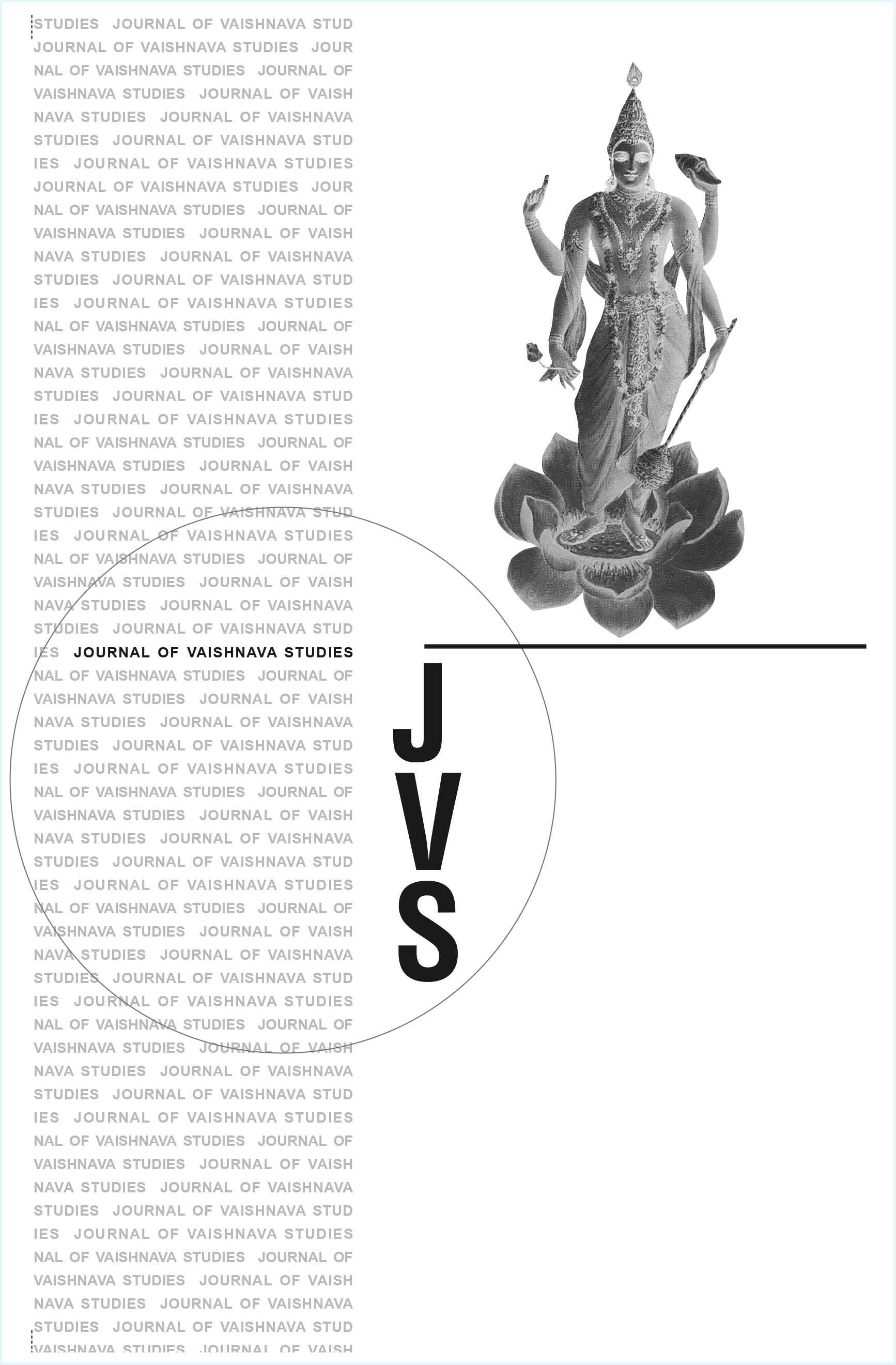Orthodoxy vs. Devotionalism: Tension and Adjustment in the Vaiṣṇava Tradition
Keywords:
Orthodoxy, Devotionalism, Bhakti, Vaishnava Tradition, Alvars, Krishna-Gopala, Bhagavata Purana, Ramanuja, Social Adjustment, CasteAbstract
The article "ORTHODOXY VS. DEVOTIONALISM: TENSION AND ADJUSTMENT IN THE VAISHNAVA TRADITION" by Thomas J. Hopkins examines the historical interplay and eventual accommodation between orthodox Brahmanic traditions and the emerging devotional (bhakti) movements within Vaishnavism up to the medieval period. The article highlights how early Vaishnava theism, initially conservative, gradually incorporated and reinterpreted non-Vedic and popular elements, notably the worship of Krishna-Gopala and the emotional devotionalism of the Alvars. This introduction of more fervent, inclusive bhakti created significant tension with established ritualism and jnana-based salvation, particularly regarding social distinctions and caste. Hopkins details the distinct approaches taken by the Bhagavata Purana, which embraced popular emotionalism and universal access to salvation, and Ramanuja, who skillfully integrated bhakti into an orthodox philosophical framework while maintaining social hierarchies. Ultimately, the article concludes that Vaishnava devotionalism secured its place within Hinduism by largely accepting orthodox social regulations, demonstrating a continuous process of tension and adjustment that shaped the tradition.Published
1998-01-01
Issue
Section
Articles





